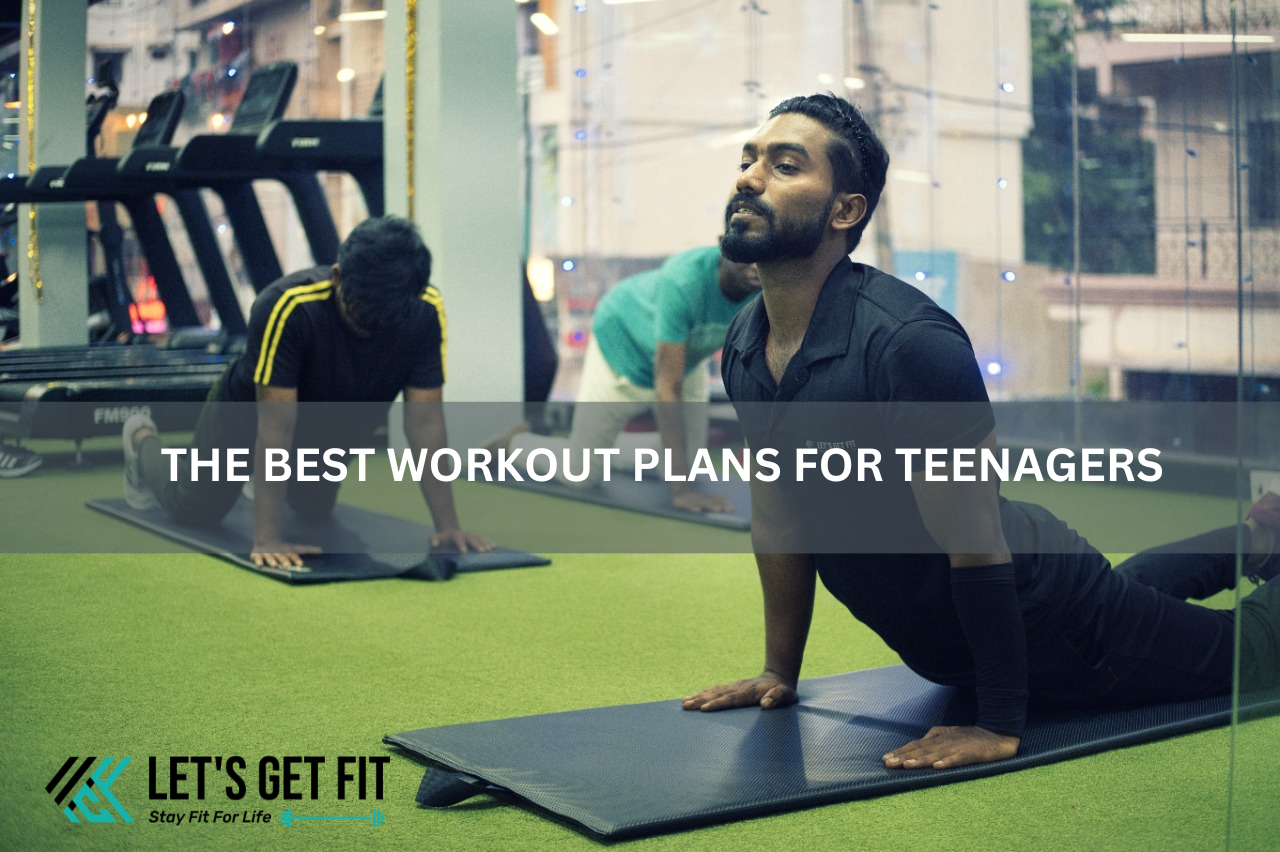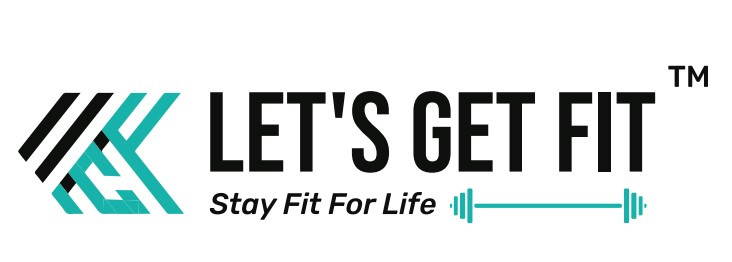
THE BEST WORKOUT PLANS FOR TEENAGERS
As we grow from kids to teens, our bodies and minds go through big changes that affect our development. It’s super important to stay active during this time because it sets the foundation for a healthy life. Exercise helps us get stronger, keeps our hearts healthy, and even helps with our weight and mental well-being. So, staying active is key to having a positive adolescence!
HOW TO DETERMINE IF THIS PLAN IS RIGHT FOR YOU
If you’ve started puberty, just keep scrolling to find the workout plan meant for you! If you haven’t hit puberty yet, switch to this calisthenics workout plan since bodyweight exercises are more suitable for you.
Before hitting puberty, kids and teens can lift weights, but the focus should be on learning movements and improving fitness rather than lifting heavy weights to build muscles. Before puberty, they can’t gain much muscle mass because they haven’t received the hormones, like testosterone and other growth hormones, needed for significant muscle growth.
Before puberty, children should focus on enhancing their neuromuscular system, which means training their muscles to function better. This can be achieved through bodyweight movements and unilateral training. Additionally, they can improve their cardiovascular system by incorporating activities like HIIT (High-Intensity Interval Training) or sled work into their workouts.
After puberty, when your body starts producing testosterone, you can start lifting weights to gain muscle mass and strength. Many coaches believe that this time, along with the few years following puberty, is the best for putting on mass. If a teen is at a healthy weight, coaches may suggest a bulking diet along with a workout plan that resembles that of a bodybuilder.
SHOULD TEENAGERS WORK OUT?
Absolutely, teenagers can and should work out, but it’s important to do so in a safe and age-appropriate manner. Engaging in sports and exercise brings incredible benefits for teenagers, as staying active can help to:
Growing stronger is crucial as teens get older. This supports healthier bones and muscles, leading to better posture, stability, and a reduced risk of issues like osteoporosis or fractures later in life.
Boosting cardiovascular fitness is essential for a healthy heart and circulatory system, reducing the risk of many illnesses later in life. Developing good habits early on and enjoying the endorphin boost from cardio can enhance health throughout our entire adulthood.
Keeping a healthy weight is important. Research indicates that by the age of 14, one in five individuals is obese, and one in seven is overweight. Taking part in sports and exercise can assist in weight control by increasing activity levels and boosting metabolism.
Enhancing mental well-being is crucial, especially considering that about one in four people in the UK faces a mental health challenge each year. Research from the Department of Sports at Kunming University of Science and Technology reveals that exercise can alleviate tension, decrease anxiety, and even alleviate depression. This has positive effects on teenagers, boosting their self-esteem and self-confidence. Improved mental well-being also aids in developing interpersonal skills, which are essential during the transition to adulthood.
Promoting better sleep is important for teenagers. Studies suggest that a good night’s sleep for teens is between 9 to 9 ½ hours, supporting the body during significant developmental changes. Staying active during the day often makes it easier to achieve a good night’s sleep, creating a win-win situation.
Also, Read. THE BEST GYM WORKOUT PLANS FOR BEGINNERS
Increase social interaction: Sports and fitness group activities provide opportunities for teenagers of all ages to socialize and build relationships with peers, whether that’s after-school clubs or university sports teams. It’s a great way to make new friends and build a community while also staying fit.
Boost academic performance: Research has shown a correlation between fitness levels, blood pressure, sleep levels, and academic performance, with studies showing those with lower academic performance were generally less healthy in those metrics. So keeping fit, and getting a better night’s sleep will not only make you feel great, but can help you perform better at school, college, or uni too.
HOW MANY DAYS A WEEK SHOULD A TEENAGER WORK OUT?
The NHS suggests that young people and teenagers should aim for 60 minutes of moderate to vigorous physical activity each day. It’s ideal to include a mix of aerobic exercises (like walking to school, swimming, gymnastics, dancing, and cycling) along with strengthening exercises, such as sports, gym workouts, resistance training, and classes.
An ideal workout schedule for teenagers should include a mix of various activities to help develop a range of muscles, skills, and abilities. This might include playing sports for 1-2 days, engaging in strength training for 1-2 days, doing cardio for 1-2 days, along with daily activities like walking. Mixing it up keeps things interesting and benefits overall fitness.
THE BEST WORKOUT PLANS FOR TEENS
Whether you’re new to the gym, feeling more confident with your form and strength, or prefer working out at home, there’s a variety of teen workout plans below to help you achieve your health and fitness goals.
Begin with a weight or time that feels comfortable as you practice the movement. Gradually increase it until you sense a slight challenge but can still complete the full number of reps and sets. Once you’re comfortable, raise the weight or time for a greater challenge and increased strength. Repeat this process, gradually increasing the difficulty, in a method called progressive overload. This approach ensures continuous improvement and progress in your fitness journey.
Don’t forget to incorporate a warm-up before your workout and a cool-down afterward. These are crucial for reducing the risk of injury and preventing post-workout soreness, also known as delayed onset muscle soreness (DOMS). Warming up and cooling down also help ease into and out of your workout, relieving tension and keeping your muscles flexible and mobile.
THE PERFECT WORKOUT PLAN FOR A TEENAGER
This workout plan for Teenager follows a 3-day split, which means you should do each session once a week. Avoid doing them consecutively; instead, give yourself 24-48 hours of rest between each session. I’ve also suggested the recommended rest between sets for each exercise.
SESSION 1:
Back Squat: 3×6 (2 mins rest)
Bent Over Row: 3×6 (1.5-2 mins rest)
Dip: 3×8-10 (1.5 mins rest)
Sled Push: 3×10 meters (1 min rest)
Sled Pull: 3×10 meters (1 min rest)
Leg Extensions: 3×12 (1 min rest)
Leg Curl: 3×12 (1 min rest)
Note: If back squats are challenging, opt for goblet squats. Dedicate some time during your warm-up to practice barbell back squats using an empty barbell. Once you’ve mastered the form, you can incorporate back squats into your routine, replacing the goblet squat.
SESSION 2:
Bench Press (Dumbbell or Barbell): 3×6 (2 mins)
Hip Thrust: 3×6 (1.5-2 mins)
Romanian Deadlift: 3×8 (1.5 mins)
Chin Ups: 3×5-8 (1.5 mins)
Leg Press: 3×10 (1.5-2 mins)
Face Pulls: 3×12 (1 min)
Cable Lateral RaiseL 3×12 (1 min)
SESSION 3:
Trap Bar Deadlift: 3×6 (2 mins)
Military Press: 3×6 (2 mins)
Seated Back Row: 3×8 (1.5 mins)
Walking Lunges: 3×10 (1-1.5 mins)
Sled Push: 3×10 meters (1 min)
Sled Pull: 3×10 meters (1 min)
Arm Curls (Any variation): 3×12 (1 min)
Triceps Pushdown or Extensions: 3×12 (1 min)
